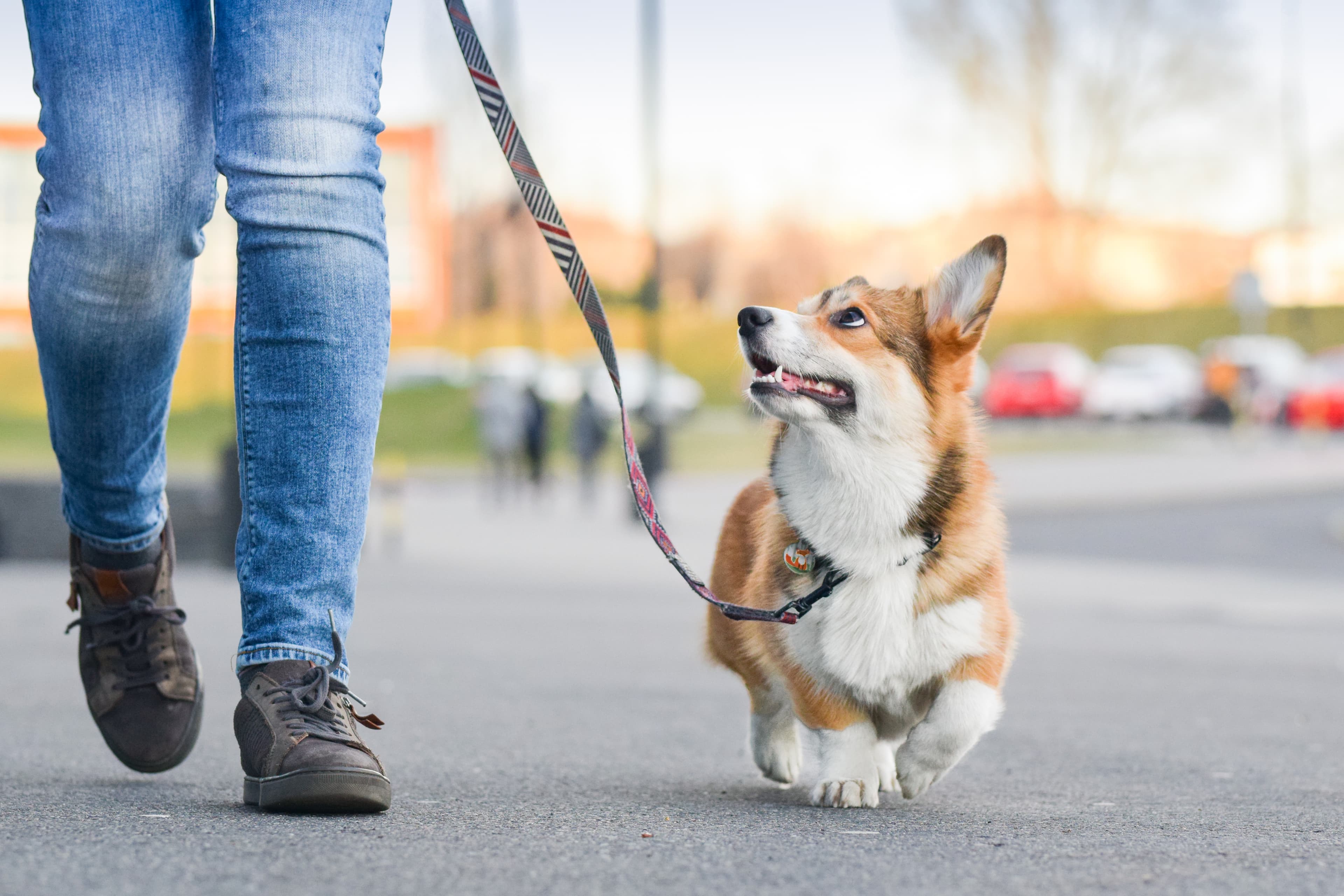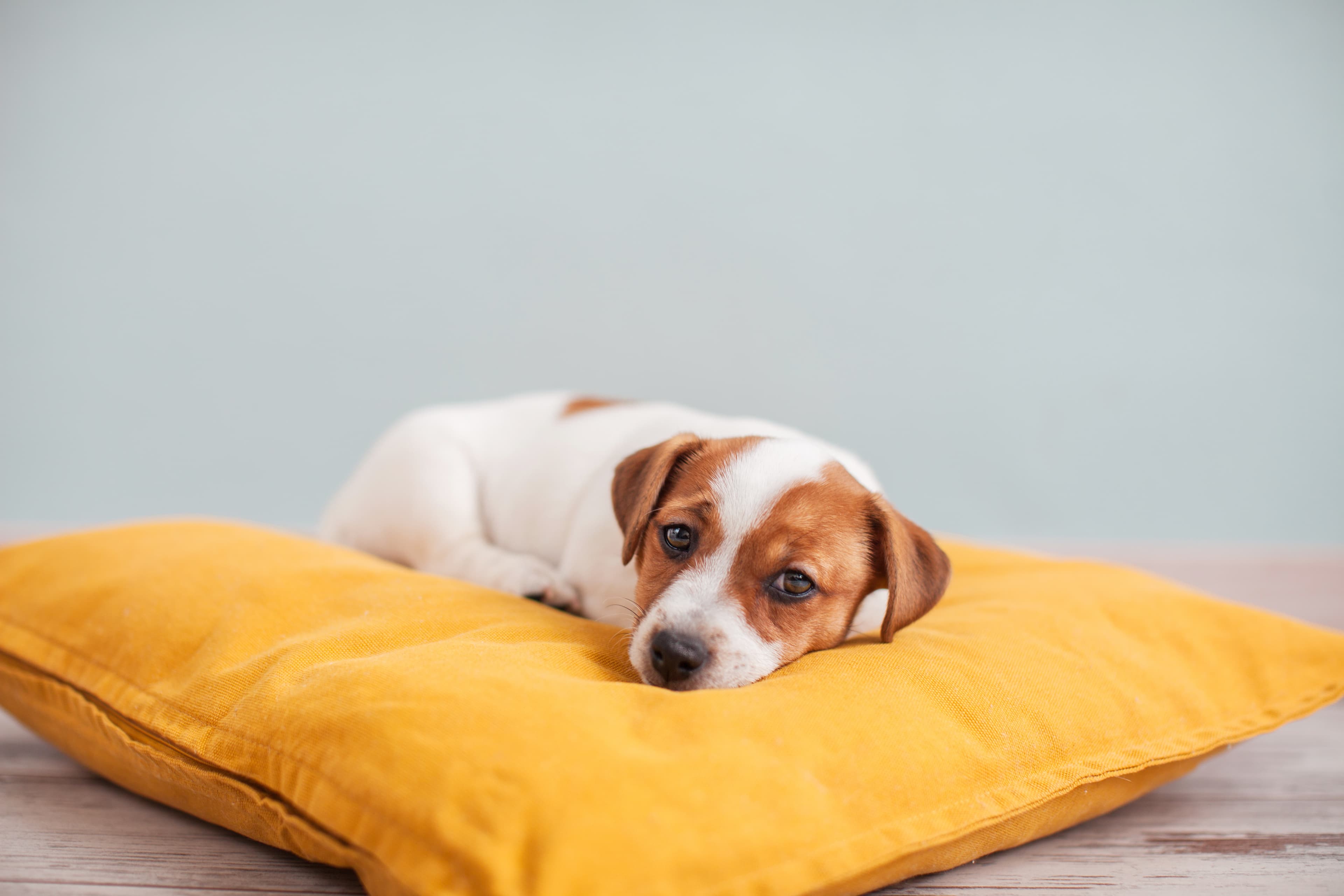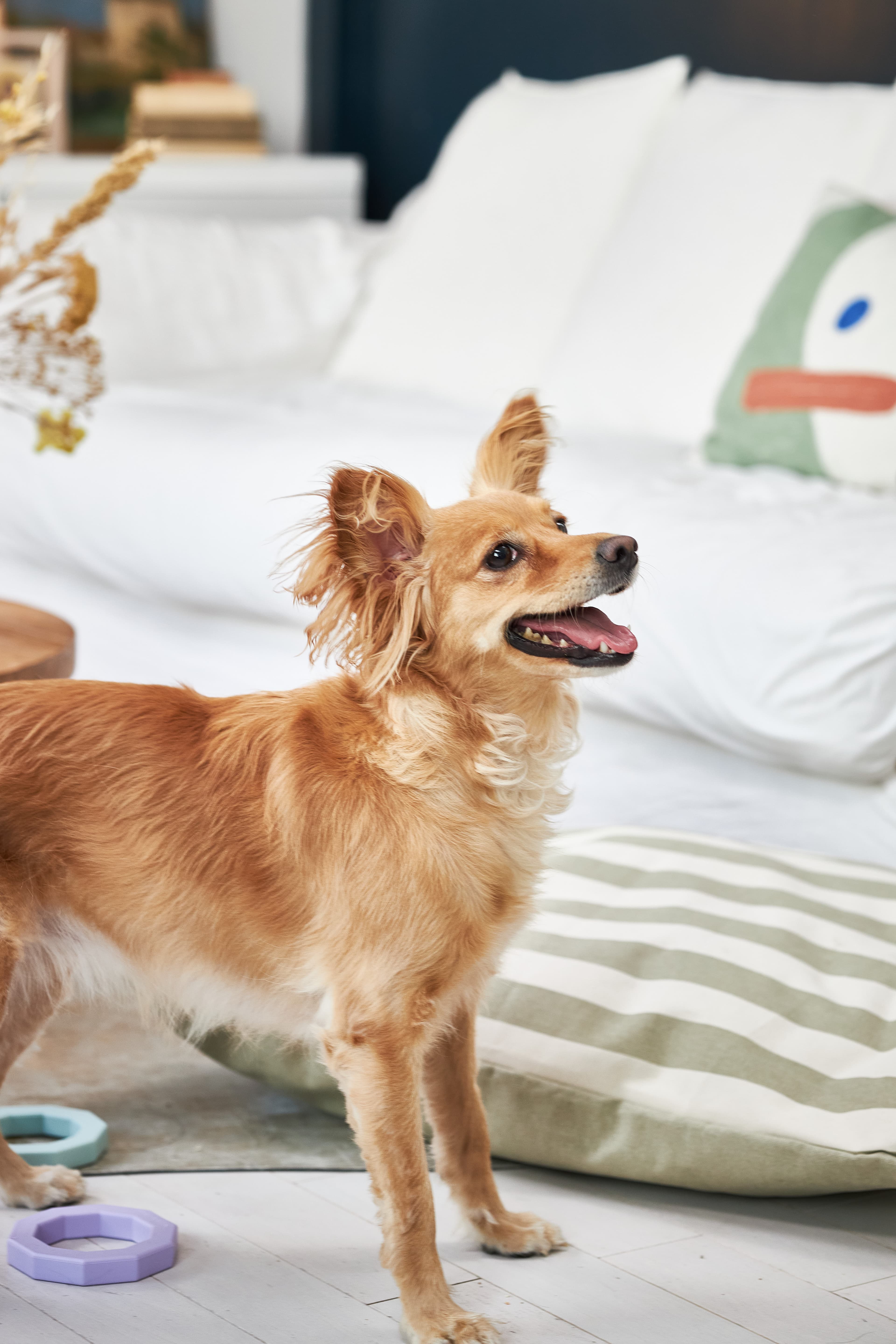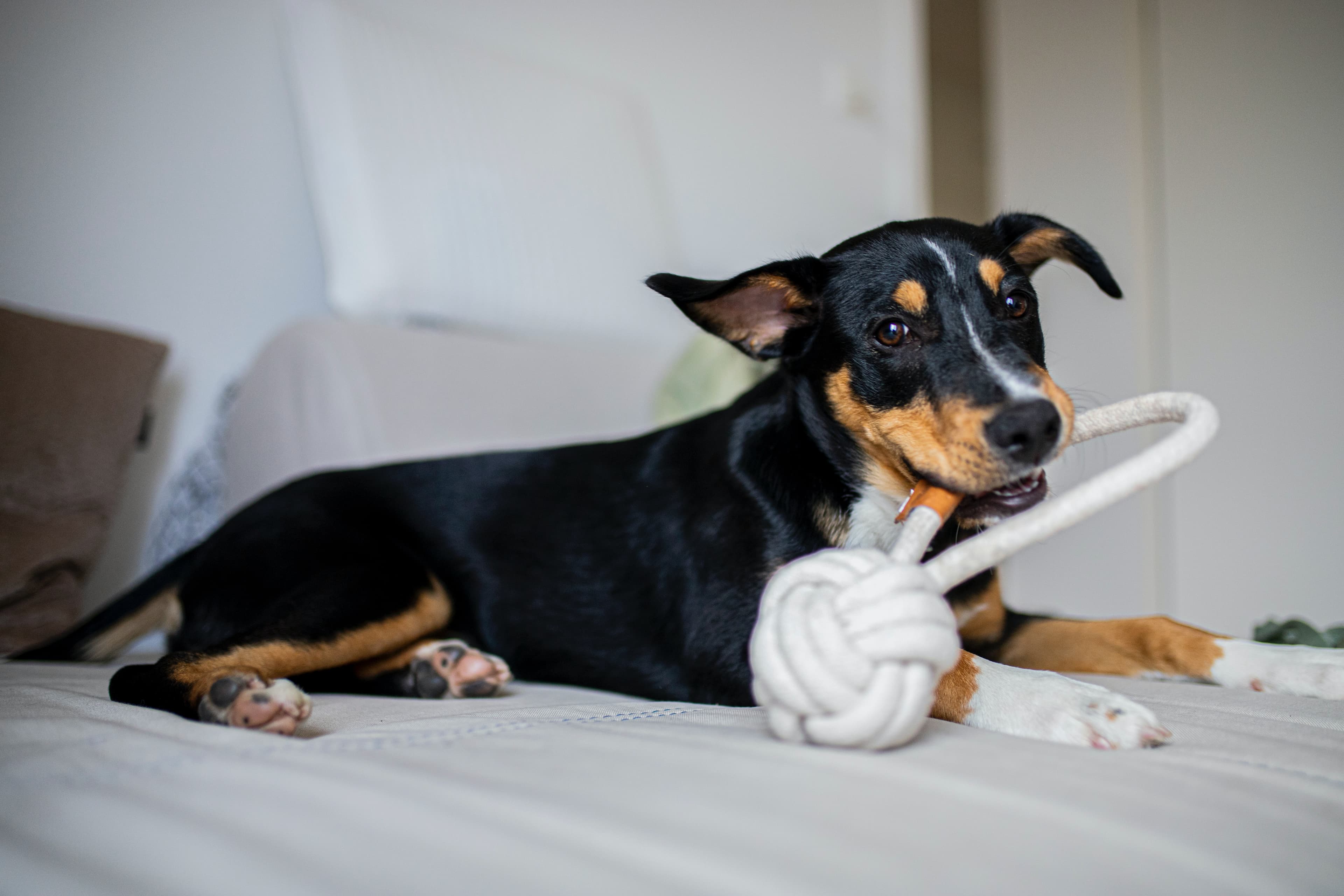How to teach your dog the "look at that" game when meeting strangers
It's very hard to live with a dog that reacts strongly to its environment. This could be a dog that lashes out at dog encounters, constantly barks at passers-by, lunges at cars on the leash or either barks and/or runs up to strangers on your loose walks in the woods. Do you recognize your dog in this? Then "look at that" training will be a tool for you to teach your dog alternative behaviors.
Alternative behaviours
If your dog is performing undesirable behaviours in certain situations, it's good not to get stuck looking at the problem, but to find alternative behaviours. This gives the dog an opportunity to choose other behaviours that do not involve barking, lunging, running forward, running after cars/bicyclists/skateboards etc. Clicker training is a way to teach the dog an alternative behaviour that is obviously rewarded and becomes valuable to the dog.
The clicker training also gives your dog the opportunity to look around at his surroundings, and we never require the dog to stare at us all the time. This allows your dog, especially for the nervous and fearful, to relax because they are aware of their surroundings and feel in control in training. A useful tip is to wear a treat belt to make sure that you are always ready with treats.
Why "look at that" training?
Whether you have a dog that is frustrated, happy, scared or angry in dog encounters, human encounters, around cars/cyclists or around the yard, "look at that" training works as a great alternative behaviour. The dog learns to look at what appears in the environment, and with that the focus shifts to you as the owner. This works whether the dog is on a leash, behind a fence or loose (but practice on a leash at first to be able to control the dog/avoid unwanted behaviours). Now let's go through all the steps for you to succeed with your "look at that" training!
"Look at that", step by step
You need
Lots of treats that your dog loves and a clicker.
Step 1
You'll need a clicker and treats. Click the clicker and then give a treat. Repeat this many times. Now wait until your dog is not focused on you, click and see if your dog reacts. If it does, you have made a good association between the clicking sound and the treat. Remember to always give a reward after a click sound, for the rest of your dog's life.
Step 2.1
Now it's time to start clicking when your dog sees something in its environment. It is important, at this stage, that the dog has no emotion or reaction associated with what it sees. So, at this stage, you should not start clicking when your dog sees what it finds scary or very tempting, such as dogs and cyclists on the walk (henceforth called triggers). Start with your dog seeing a dustbin or something fluttering in the wind or similar. Once your dog has grasped the concept of - detecting something in my environment - clicking sound - treat in the dog owner, you can develop this. Don't rush through the training - this requires many repetitions!
Step 2.2
We are at this stage still training with triggers that your dog does not have an experience to respond to. For some individuals, especially those who are nervous or fearful of their triggers, they may benefit from you as the owner preparing them for their triggers. So now say "Look at that" when you spot a trigger which then gives your dog the opportunity to look around, find their trigger, get clicking sounds and then a treat with you.
Then continue to click when your dog looks towards a trigger and give the treat at your place. So you are not requiring your dog to keep staring at you, but it becomes a dynamic movement; look at trigger, click sound, treat at your place, look at trigger, click sound, treat at your place etc.
Step 3
Now start practicing the triggers that your dog responds to. This could be a car or a dog on a walk. The key to success with this training is distance. Always start with a large distance from the trigger and slowly work your way closer.
Do this:
"Look at that", dog looks at trigger, clicker sound, treat at you, dog looks at trigger, clicker sound, treat at you etc, until the whole encounter is over.
Step 4
You will notice that your dog becomes more and more relaxed when it looks at its trigger. This is because we have clearly given the dog a task. Why dogs also relax more in this training is because they are in control. They get to look around and have a clear task. Continue your training with your dog's triggers, gradually working your way closer to the triggers and remembering that all training is on the dog's terms.
Keep in mind
If your dog doesn't turn back up to you when it sees a trigger, it could be a sign that:
You have moved too fast in training - go back to Step 2.1
You are too close to the trigger - move away and continue training
You have been training too long - take your pack and go home, try again another day






